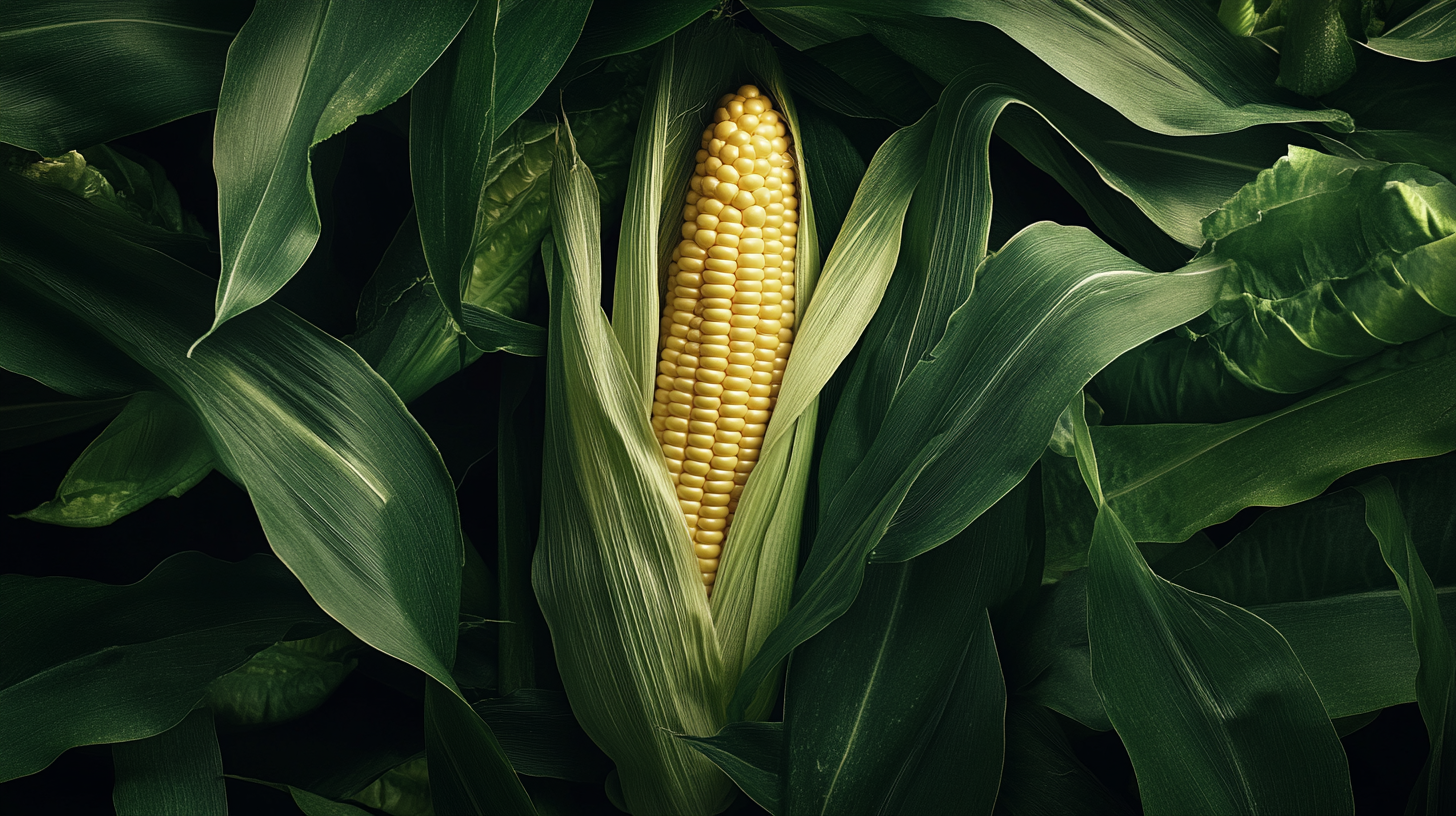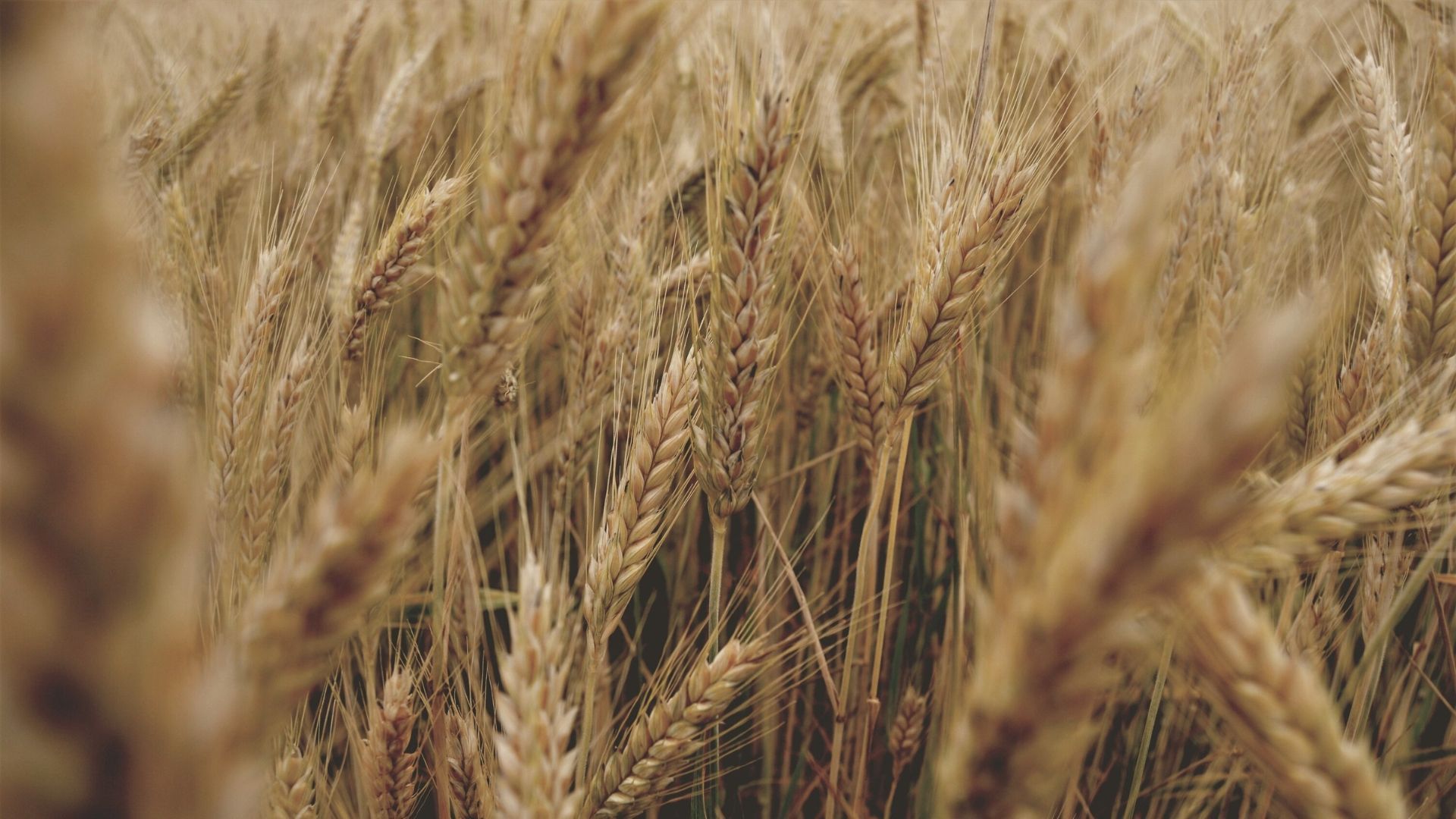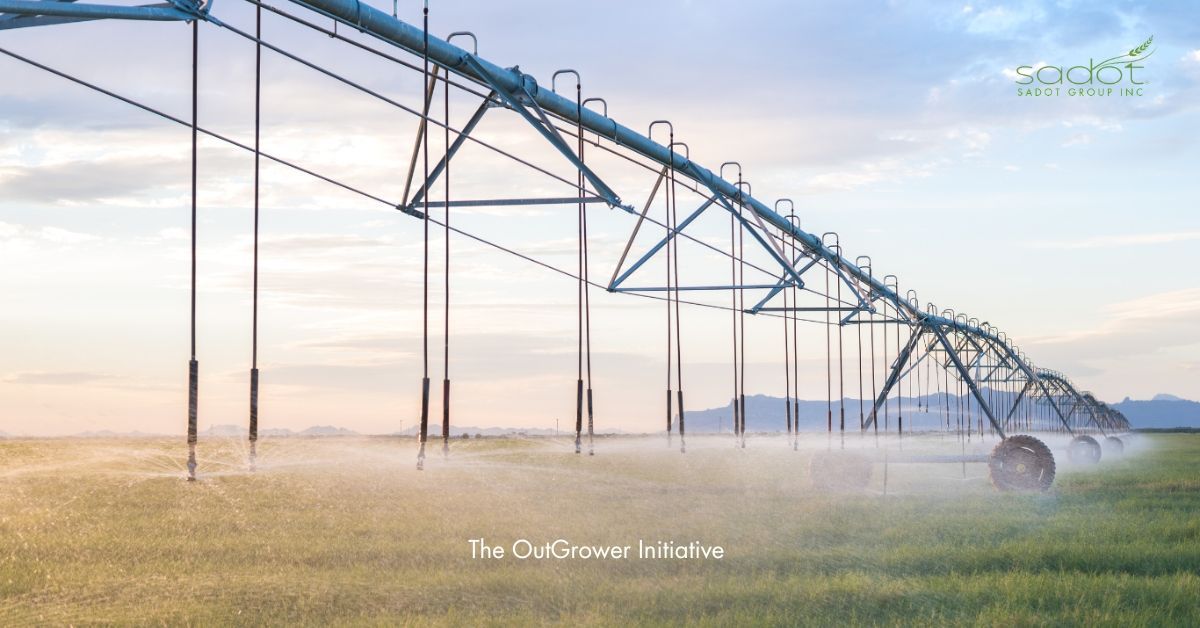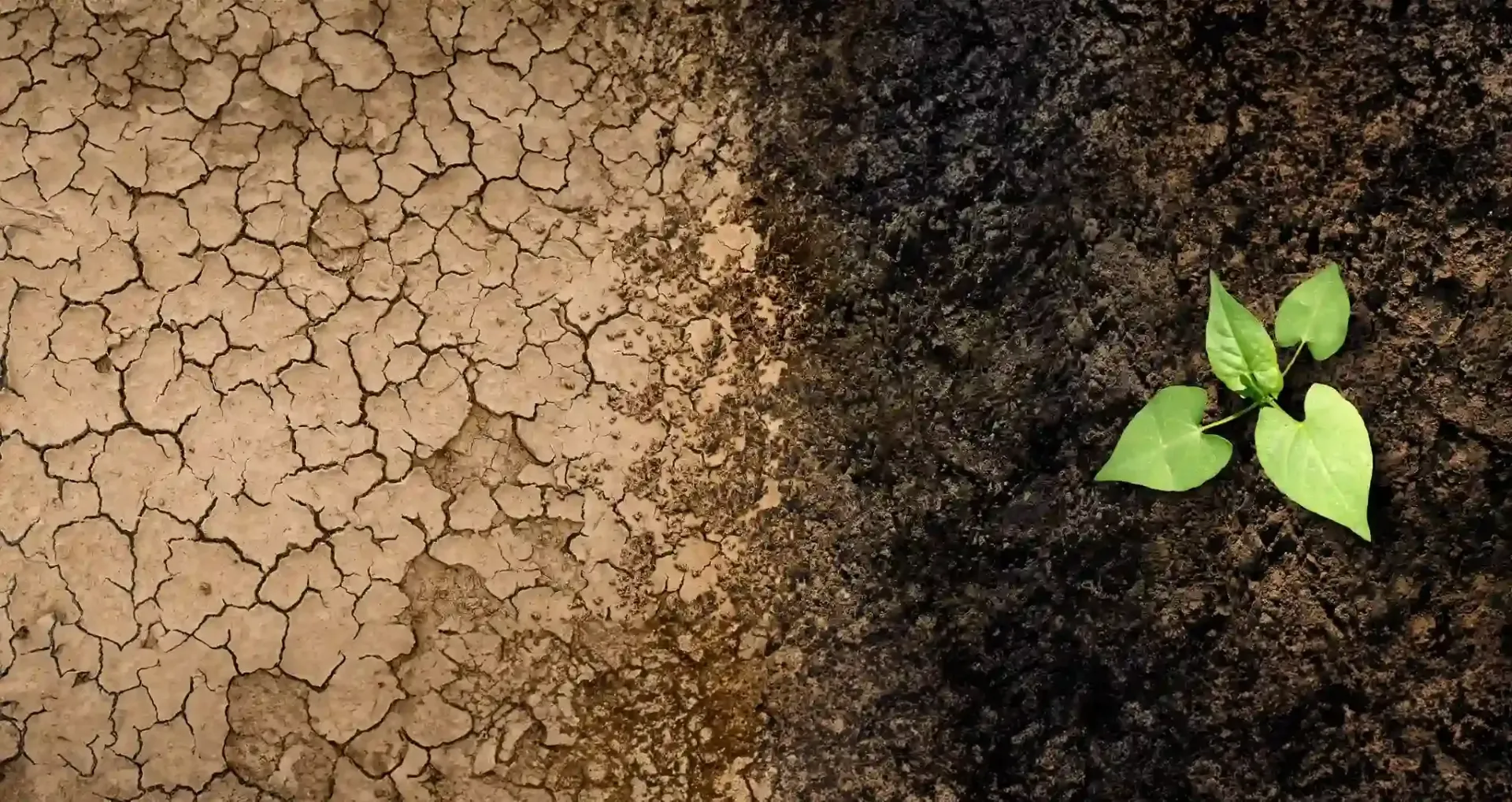Top 5 Recipes with Pea and Lentil Protein: Delicious and Nutritious Dishes
Exploring the world of plant-based proteins can be both exciting and rewarding. Pea and lentil proteins are not only nutritious but also incredibly versatile. To help you incorporate these powerhouse ingredients into your diet, we've compiled five highly-rated recipes that are sure to delight your taste buds. Each recipe is easy to follow, healthy, and perfect for anyone looking to make the most out of pea and lentil proteins.
1. Creamy Pea Protein Smoothie
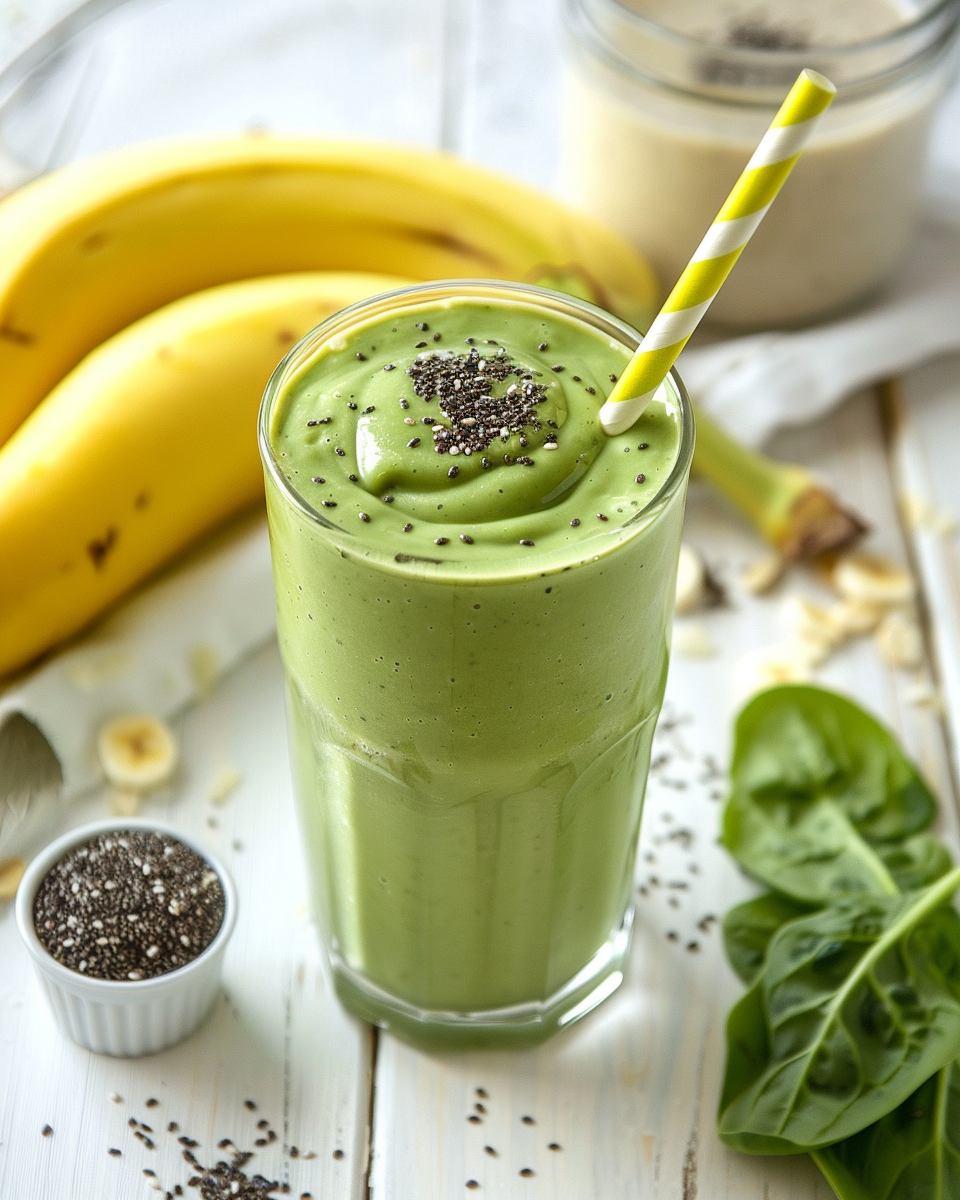
Start your day with a delicious and nutrient-packed creamy pea protein smoothie. This recipe is perfect for a quick breakfast or post-workout snack.
Cooking Time: 5 minutes
Ingredients:
- 1 cup unsweetened almond milk
- 1 banana
- 1 scoop pea protein powder
- 1 tablespoon almond butter
- 1 tablespoon chia seeds
- 1 teaspoon honey or maple syrup (optional)
- 1 cup ice cubes
Instructions:
1. Combine all ingredients in a blender.
2. Blend until smooth and creamy.
3. Pour into a glass and enjoy immediately.
2. Lentil Protein Power Salad

This lentil protein power salad is a hearty and satisfying meal perfect for lunch or dinner. Packed with veggies and lentil protein, it’s a great way to stay full and energized.
Cooking Time: 25 minutes
Ingredients:
- 1 cup cooked lentils
- 1/2 cup diced cucumbers
- 1/2 cup cherry tomatoes, halved
- 1/4 cup red onion, finely chopped
- 1/4 cup crumbled feta cheese
- 2 tablespoons chopped fresh parsley
- 2 tablespoons olive oil
- 1 tablespoon lemon juice
- Salt and pepper to taste
Instructions:
1. In a large bowl, combine cooked lentils, cucumbers, cherry tomatoes, red onion, feta cheese, and parsley.
2. Drizzle with olive oil and lemon juice.
3. Season with salt and pepper to taste.
4. Toss to combine and serve immediately or chill in the refrigerator.
3. Pea Protein Pancakes

Enjoy a protein-packed breakfast with these fluffy pea protein pancakes. They're perfect for a leisurely weekend brunch or a quick weekday breakfast.
Cooking Time: 15 minutes
Ingredients:
- 1 cup whole wheat flour
- 1 scoop pea protein powder
- 1 tablespoon baking powder
- 1 tablespoon sugar
- 1 cup almond milk
- 1 egg
- 1 teaspoon vanilla extract
- 2 tablespoons melted coconut oil
Instructions:
1. In a bowl, whisk together flour, pea protein powder, baking powder, and sugar.
2. In another bowl, mix almond milk, egg, vanilla extract, and melted coconut oil.
3. Pour the wet ingredients into the dry ingredients and stir until combined.
4. Heat a non-stick skillet over medium heat and pour 1/4 cup of batter for each pancake.
5. Cook until bubbles form on the surface, then flip and cook until golden brown.
6. Serve with your favorite toppings.
4. Lentil Protein Veggie Burgers

These lentil protein veggie burgers are a tasty and healthy alternative to traditional burgers. They're perfect for a family dinner or a weekend BBQ.
Cooking Time: 30 minutes
Ingredients:
- 1 cup cooked lentils
- 1/2 cup breadcrumbs
- 1/4 cup grated carrot
- 1/4 cup finely chopped onion
- 1/4 cup finely chopped bell pepper
- 2 tablespoons chopped fresh parsley
- 1 egg
- 1 teaspoon garlic powder
- 1 teaspoon cumin
- Salt and pepper to taste
- Olive oil for cooking
Instructions:
1. In a large bowl, mash the cooked lentils.
2. Add breadcrumbs, grated carrot, onion, bell pepper, parsley, egg, garlic powder, cumin, salt, and pepper.
3. Mix until well combined.
4. Form the mixture into patties.
5. Heat olive oil in a skillet over medium heat and cook the patties until golden brown on both sides.
6. Serve on buns with your favorite toppings.
5. Pea Protein Energy Balls
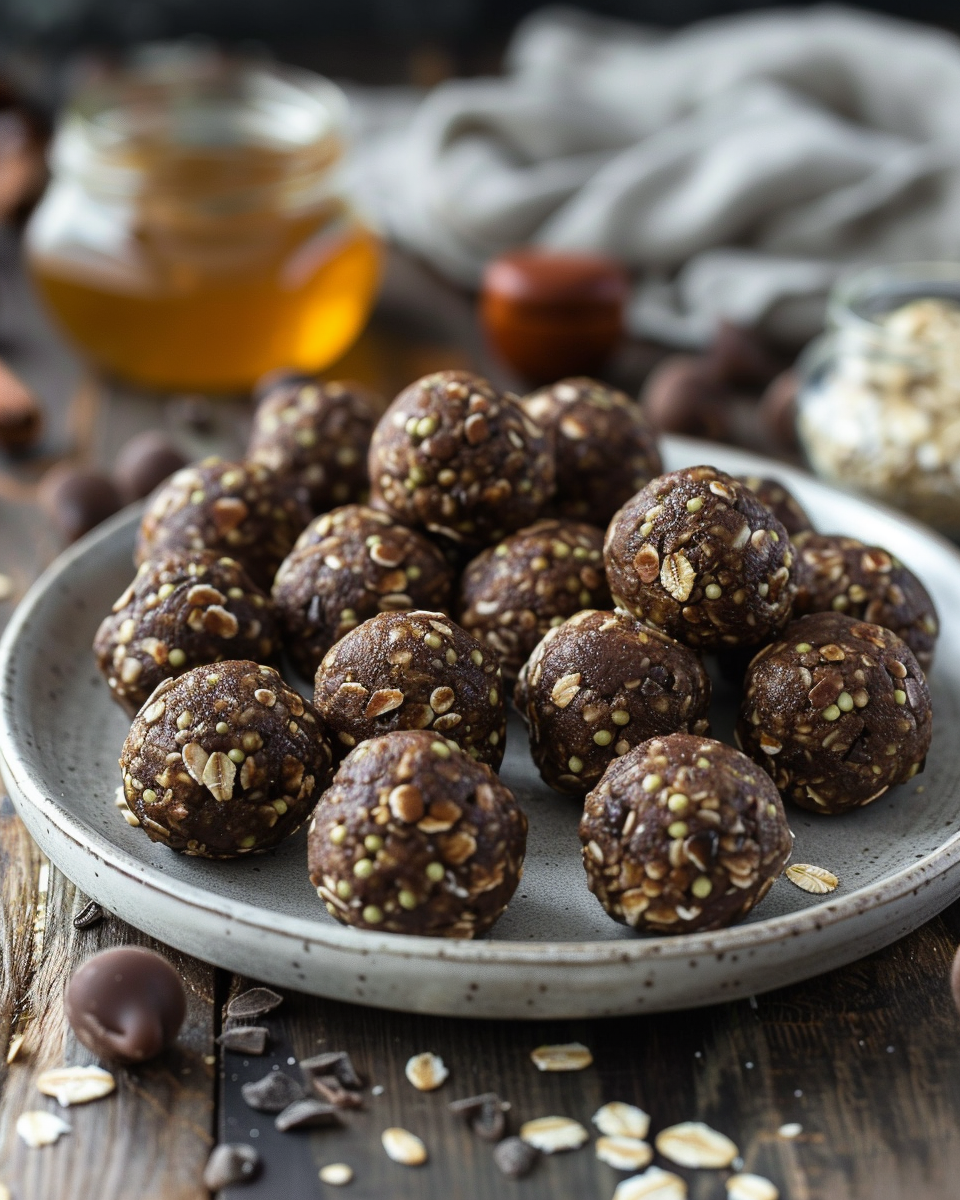
These pea protein energy balls are perfect for a quick snack on the go. They’re easy to make and packed with protein and nutrients.
Cooking Time: 10 minutes
Ingredients:
- 1 cup rolled oats
- 1/2 cup peanut butter
- 1/4 cup honey or maple syrup
- 1 scoop pea protein powder
- 1/4 cup mini chocolate chips
- 1/4 cup chopped nuts (optional)
- 1 teaspoon vanilla extract
Instructions:
1. In a large bowl, combine all ingredients.
2. Mix until well combined.
3. Roll the mixture into small balls.
4. Store in an airtight container in the refrigerator.
These recipes are perfect for anyone looking to explore the benefits of pea and lentil proteins in their diet. They are not only nutritious but also delicious and easy to prepare. Whether you're new to plant-based proteins or a seasoned pro, these dishes are sure to become favorites in your kitchen.
Join Our Newsletter
And be advised when new content is coming up
News Letter

